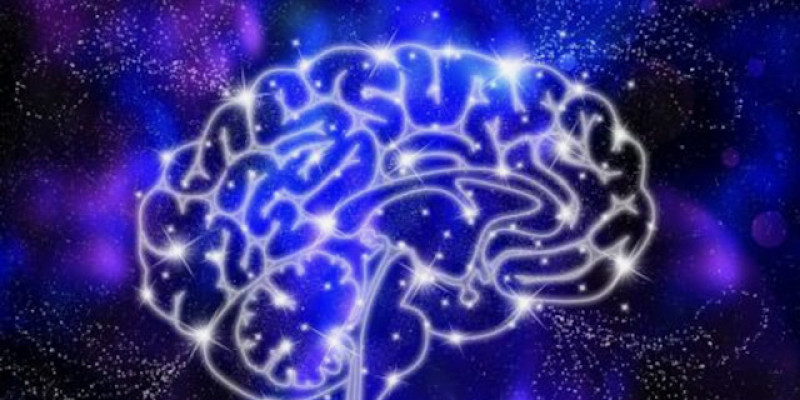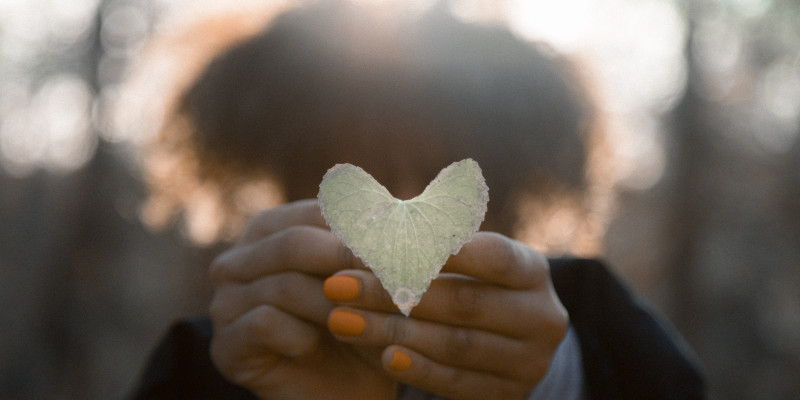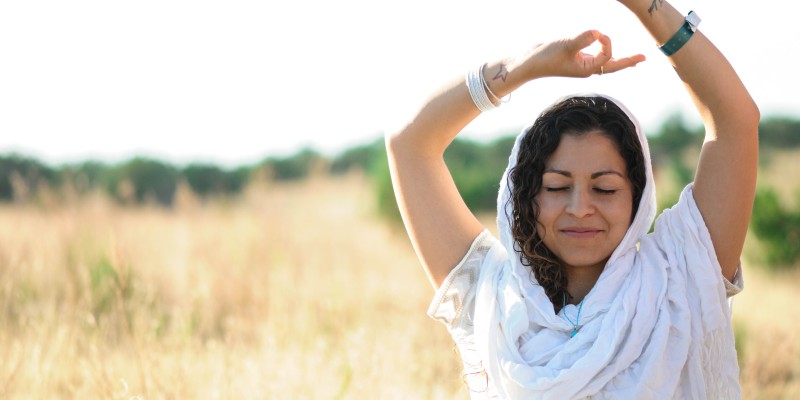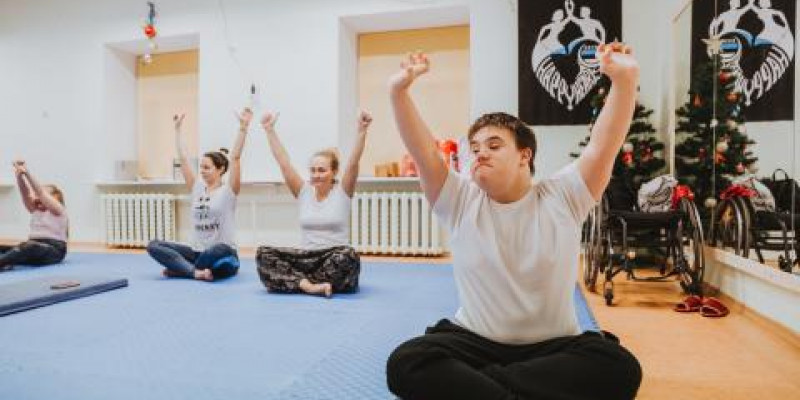Seva & The Healthy Student Teacher Relationship
By EPS – Office of Ethics and Professional Standards A yoga culture that encourages participation through seva is a way for students to enjoy meaningful time together, build community and most importantly develop the depth of giving without thoughts for the self. Seva is one of the cornerstones of many yoga traditions. Giving within a community context has been shown in research to support wellness and long term happiness.¹ Volunteer work, while different in some ways from seva, when done from a place of genuine giving, contributes to a sense of connection and life purpose. When offering seva opportunities to students…









